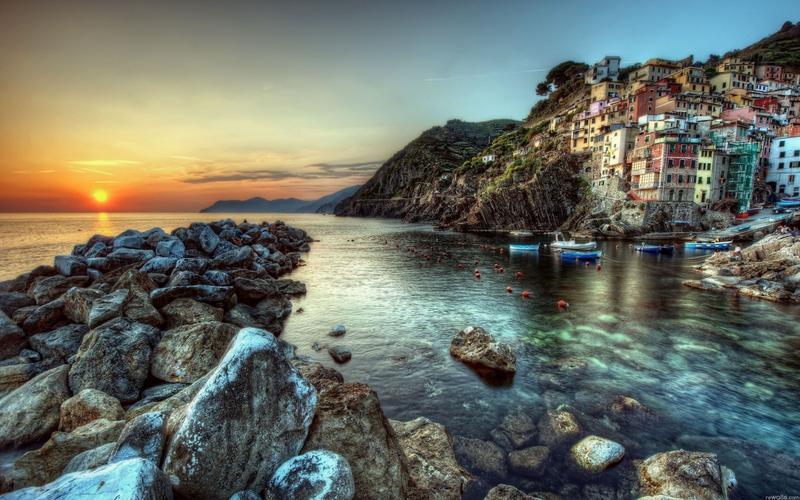Exploring Creative Strategies: How Can We Preserve Cultural Heritage in the Philippines?
The Philippines has a rich cultural heritage that dates back thousands of years. From art to music to dance, the country is renowned for preserving its traditions while also embracing modernity. However, rapid urbanization, industrialization, and globalization are putting pressure on the country’s cultural heritage. This article explores some of the strategies that can be employed to preserve the cultural heritage of the Philippines.
1. Documentation
Documentation is the first step towards preserving cultural heritage. This involves recording the stories, rituals, traditions, and practices that constitute Filipino culture. This documentation can take the form of written accounts, photographs, audio recordings, or videos. In doing so, we can ensure that cultural heritage is not lost forever even as times change.
2. Digitization
Digitization is the process of converting analog information into digital form. In terms of cultural heritage, this could mean digitizing ancient texts, photographs, or recordings so that they are preserved for future generations and accessible to all. This will not only ensure that cultural heritage is safeguarded but also make it more accessible to researchers, scholars, and the general public.
3. Education
Another creative strategy of preserving cultural heritage in the Philippines is through education. This involves incorporating cultural heritage into school curricula, conducting workshops, organizing exhibitions, and cultural events. By educating young people about their cultural heritage, we can ensure that future generations do not lose touch with their roots.
4. Preservation of Sites and Landscapes
Preserving cultural heritage also involves protecting sites and landscapes that have historical, cultural, or social significance. This could include historic buildings, archaeological sites, cultural landscapes, or scenic spots. By protecting these places, we not only preserve cultural heritage but also create tourist attractions that provide economic benefits to local communities.
5. Community Participation
To ensure that cultural heritage is preserved, it is important to involve the local communities who are the custodians of cultural heritage. This can be done through community participation programs, whereby local people are encouraged to take an active role in conserving cultural heritage. By doing so, local communities will take ownership of cultural heritage preservation, and its sustainability will be ensured.
In conclusion, preserving cultural heritage is a complex issue that requires creative strategies. Through documentation, digitization, education, preservation of sites and landscapes, and community participation, we can ensure that the cultural heritage of the Philippines is preserved for future generations. By doing so, we not only safeguard cultural heritage but also ensure that its economic, social, and cultural benefits are enjoyed by all.
(Note: Do you have knowledge or insights to share? Unlock new opportunities and expand your reach by joining our authors team. Click Registration to join us and share your expertise with our readers.)
Speech tips:
Please note that any statements involving politics will not be approved.
